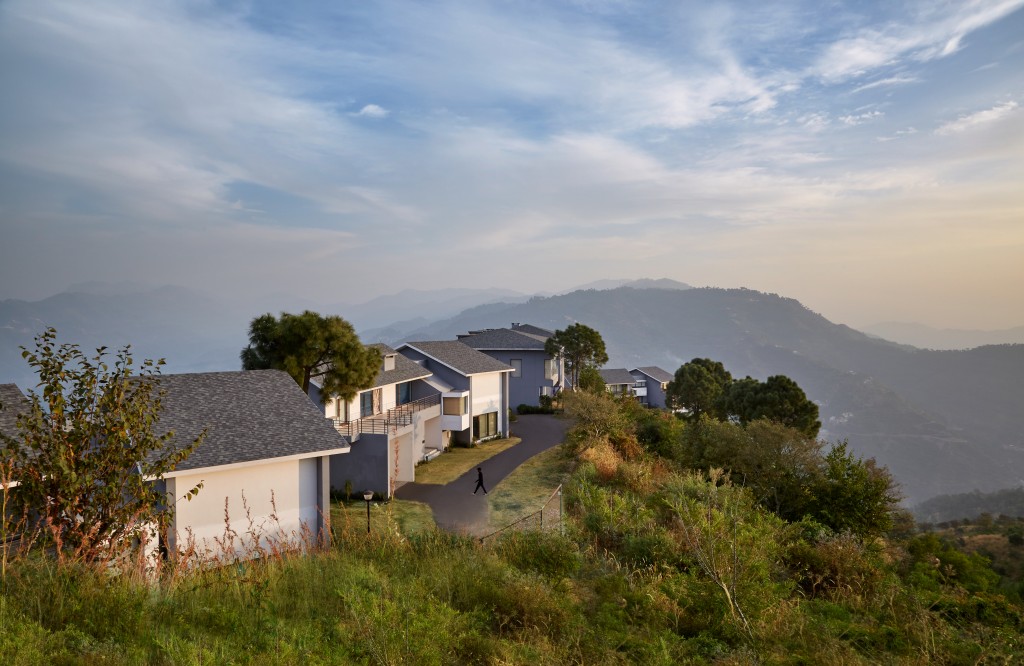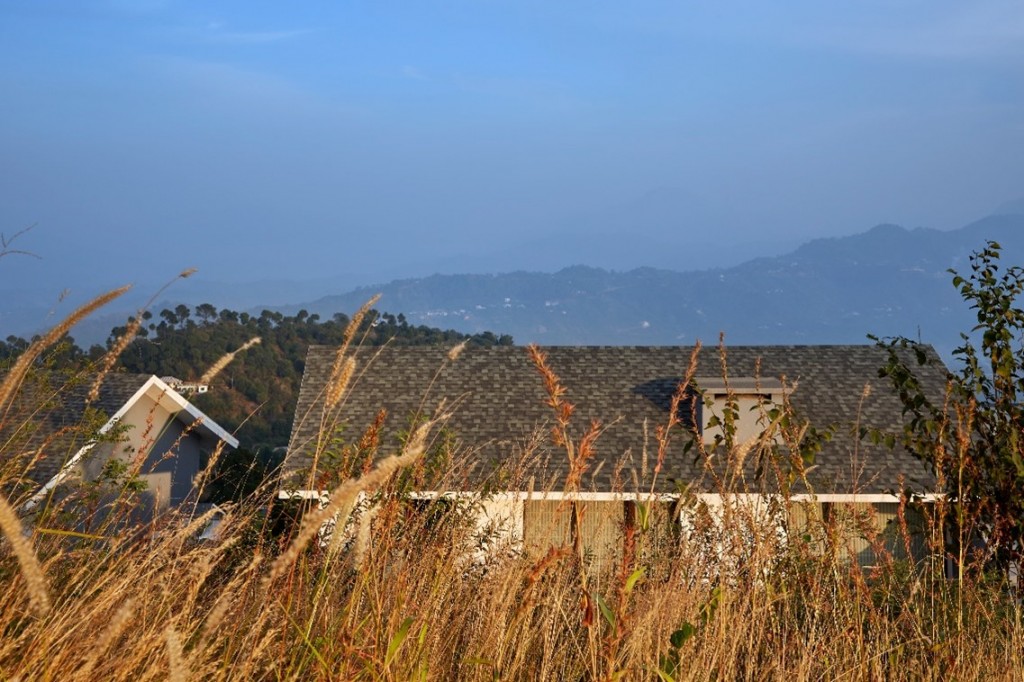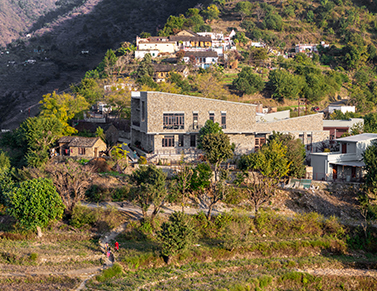Now, more than ever, there is a need for architects and designers world over to build with conscious designs. In areas with high environmental risk such as the Himalayas, recent events have demonstrated how mismanagement of naturally available resources and being endlessly exploited for tourism has impacted the lives of local residents.
The Himalayas and surrounding states and villages have been deeply affected. Reckless construction practices have led to disastrous floods and landslides in recent years, leading to a terrible loss of life and property. It is has become vital, at this moment, for the government and urban practitioners to come together and find a way through the endless construction and, lack of urban planning and design strategies in the region.
 The Woodside by Morphogenesis
The Woodside by Morphogenesis
Here are a few issues that need to be addressed on priority:
1. Non-adherence to building codes
There has been an increased liking to using industrially engineered materials, brick, concrete and cement to construct houses and areas of public interest. Due to the lack of availability of such materials locally in the mountainous areas, it often is a difficult task to transport these materials uphill.
These buildings are usually constructed directly by the contractors, without adhering to building codes, at significantly lower costs. What is even disheartening that there is not enough discourse on how the construction is completely ignorant of the topography which results in buildings that are not sustainable over a long period of time.
 The Woodside by Morphogenesis
The Woodside by Morphogenesis
2. Ignorance of vernacular architecture and local materials
Over the years, we have lost knowledge of how buildings were traditionally built in the hills. The original typology historically featured small, low-rise structures that dotted the hillside – buildings with a low centre of gravity constructed using timber and stones.
This knowledge comprises an intuitive understanding of the geology, physics and overall well-being of the natural surroundings, honed over generations. It is sadly not reflected in buildings and vital infrastructure facilities today. That is one of the leadings causes why these newly built structures are unable to withhold the forever shape shifting mountains and rivers, leading to an unfortunate volume of causalities and disaster struck regions.
While scientific advancements in mapping hazards, monitoring, early warning systems, and geotechnical data gathering have been made, the principles of ‘Himalaya-friendly’ architecture have largely regressed. The aspiration for the pakka ghar needs to be revisited.
Recommendations
In the pursuit of preserving the delicate ecosystems of the Himalayas, a comprehensive approach is essential. This involves the development of region-specific codes tailored to the unique vulnerabilities of the fragile Himalayan ecosystems. Recognizing the diverse nature of the Himalayan zones, efforts should be directed towards grading bylaws to accommodate variations, especially in areas where mountains are still in motion. Additionally, fostering sustainable practices in managing renewable forest resources is crucial for the well-being of local communities, supporting the construction industry, and promoting environmental stewardship. Analyzing the land carrying capacity of Himalayan towns becomes imperative in this context, leading to the formulation of regulations that strike a balance between human settlement and ecological preservation. Through these measures, a harmonious coexistence can be achieved, ensuring the prosperity of both the local communities and the Earth’s invaluable natural heritage.
It is heartening to see that the government has already started addressing the issue of carrying capacity by proposing a 13-member technical committee to evaluate the same. But there is still a lot that the government and the construction industry need to address to prevent catastrophic events in future.




